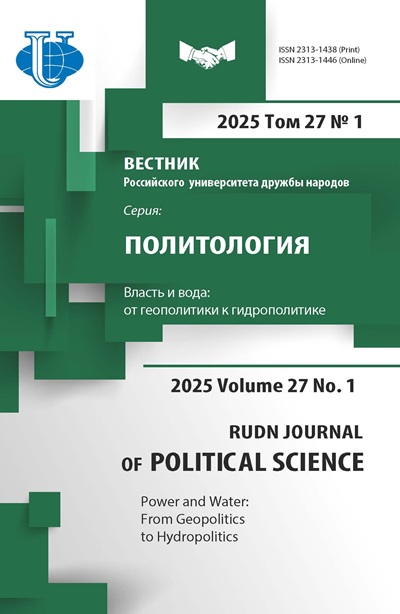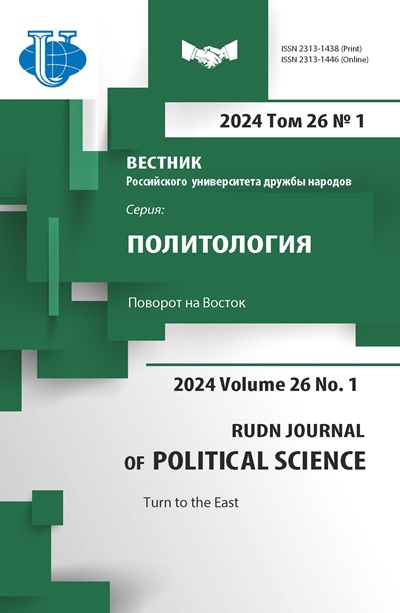Abstract
Against the background of the Ukrainian crisis, and especially the current RussianUkrainian conflict, Russia’s large-scale promotion of the turn to the East strategy has both internal and external motivations. The return of Eurasian ideas to Russia’s foreign policy forms the ideological basis of Russia’s turn to the East strategy, but in practice, this turn is the intensification of Russia’s development of the Far East and Siberia due to the rapid economic growth of the countries of the Asian-Pacific region. In addition, the fierce confrontation between Russia and the West due to the escalation of the Ukrainian crisis is also an important factor in Russia’s promotion of the strategy of turn to the East to improve its passive position in international politics and increase compensation for losses incurred because of sanctions imposed by Western countries.
















